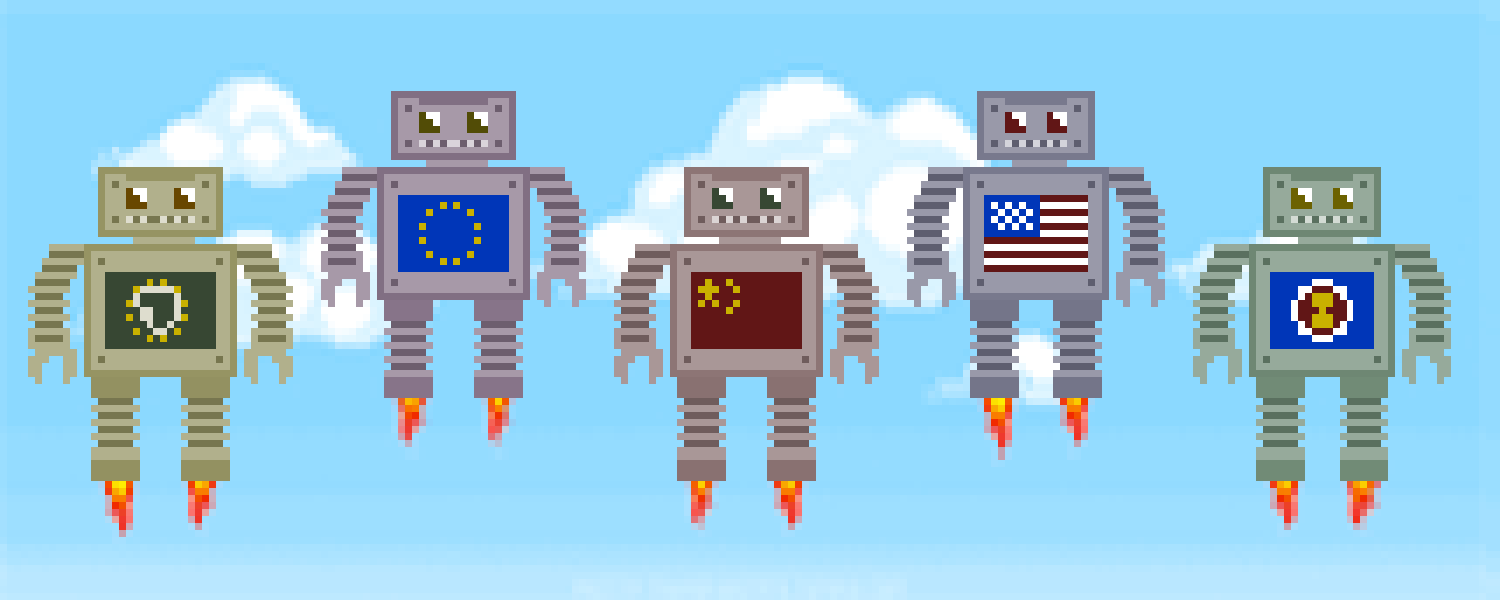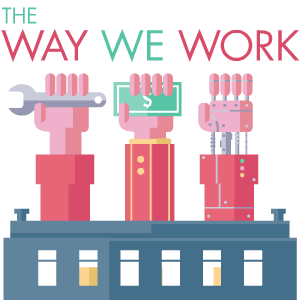

Science is sometimes portrayed as an example of successful global cooperation, with researchers collaborating across linguistic, cultural, and political boundaries. But in another light, it can be as cutthroat as the world of business, with institutions ruthlessly competing over scarce funding, limited pages in prestigious journals, and a handful of star researchers.
It was this second characterization that bubbled to the surface this week, as European artificial intelligence researchers published an open letter calling for the establishment of a “European Lab for Learning & Intelligent Systems,” or ELLIS for short. “We are at a crossroads where machine learning is at the heart of a technological and societal artificial intelligence revolution involving multiple sister disciplines, with large implications for the future competitiveness of Europe,” the researchers wrote.
The goal is not only to bring more AI jobs and money to Europe, but also to make sure European scientists have a voice in the global conversation about the future of machine learning and artificial intelligence. “Europe is not keeping up,” write the signatories of the letter, who are based in the UK, France, Germany, Switzerland, Israel, and the Netherlands. “Most of the top labs, as well as the top places to do a PhD, are located in North America; moreover, AI investments in China and North America are significantly larger than in Europe.”
There’s historical precedent for this kind of continental competition. The “Conseil Européen pour la Recherche Nucléaire”, better known to most people as CERN, was founded in 1952 with essentially the same goal. In the wake of the Second World War, European science was lagging behind at a time when the United States and USSR were making great strides in atomic science. A handful of researchers proposed the creation of a European atomic physics laboratory that would not only bring European scientists together but also let them share the costs of the necessary facilities and compete effectively on a global level. It worked–today, CERN operates the largest particle physics laboratory in the world, employs 2,500 people, and continues to turn out cutting-edge science, from the invention of the World Wide Web to the discovery of the Higgs boson.
It’s definitely possible to make the argument that artificial intelligence is in a similar position today to that of atomic physics in 1952–a world-changing technology that we’re only starting to see the implications of. Just like nuclear science, those implications range widely from military (“killer robots“) to civil (“the robots are taking our jobs“). The researchers end their letter by writing: “The first and second industrial revolution not only transformed technology but also led to fundamental societal changes. These changes were managed by European democracies and values. The current revolution may be equally significant. Europe should benefit from it and European values should help shape its impact.”
The idea they’re putting forward is definitely laudable: more countries stepping up to help steer the direction of a world-changing technology is good and important. But I’m concerned by the language they’re using: calls for “European values” to “shape” the world don’t have a great historical track record, to put it mildly. Basically, I wish it didn’t stop at Europe–I wish these researchers were calling for similar institutes to be set up in places like Africa, South America, the Middle East and South-East Asia. Places which have not historically had a voice in these kinds of technologies–places whose diverse voices are much more valuable in shaping artificial intelligence research.


How We Get To Next was a magazine that explored the future of science, technology, and culture from 2014 to 2019. This article is part of our The Way We Work section, which looks at new developments in employment and labor. Supported by Pearson. Click the logo to read more.
